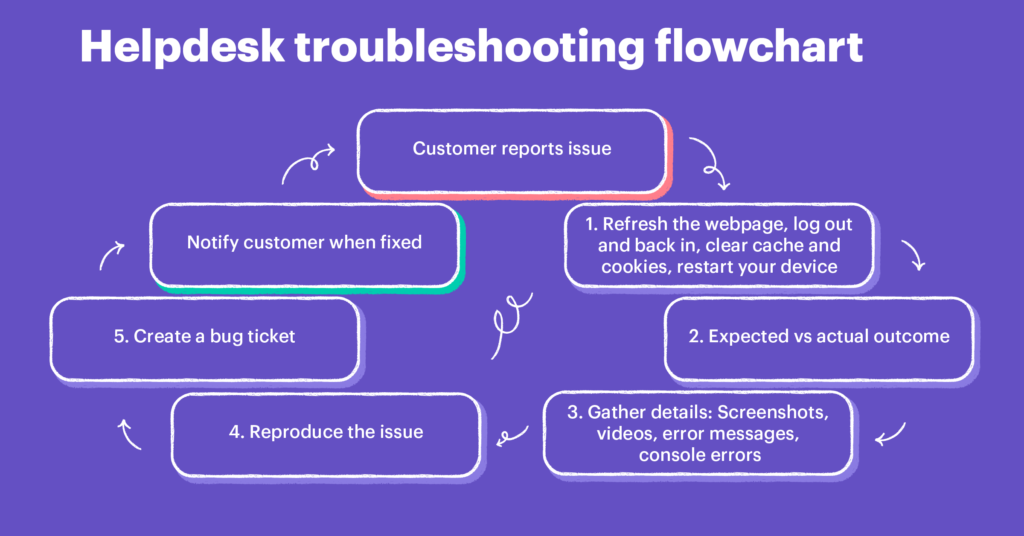Troubleshooting is the process of identifying, locating, and correcting faults in a system or device. It is a critical skill for anyone who works with complex systems, from engineers and technicians to IT professionals and customer service representatives.
Effective Troubleshooting Techniques
- Identify the Problem: Clearly define the problem and gather as much information as possible, such as error messages, symptoms, and recent changes to the system.
- Isolate the Issue: Narrow down the potential causes of the problem by testing different components or subsystems.
- Research and Gather Information: Consult documentation, manuals, and online resources to learn more about the system and potential solutions.
- Test and Verify: Implement potential solutions and test the system to see if the problem is resolved.
- Document the Solution: Document the solution for future reference and to help others who may encounter the same problem.
Common Troubleshooting Strategies
- Divide and Conquer: Break down a complex problem into smaller, more manageable parts and troubleshoot each part individually.
- Elimination: Rule out potential causes by testing different components or settings.
- Reverse Engineering: Work backward from the symptoms to identify the root cause of the problem.
- Consult Documentation: Refer to manuals, user guides, and online resources for troubleshooting tips and information.
- Seek Expert Help: If you’re unable to resolve the problem on your own, consult with an expert or seek professional assistance.
Troubleshooting Tools and Techniques
- Diagnostic Tools: Use diagnostic tools, such as software utilities or hardware testers, to identify specific problems.
- Error Logs: Review error logs to identify patterns and potential causes of issues.
- Remote Access: Use remote access tools to troubleshoot systems from a distance.
- Troubleshooting Checklists: Create checklists to guide the troubleshooting process and ensure that all potential causes are considered.
In conclusion, troubleshooting is a valuable skill that can help individuals and organizations solve problems efficiently and effectively. By following a systematic approach and utilizing appropriate tools and techniques, you can troubleshoot even the most complex issues.
